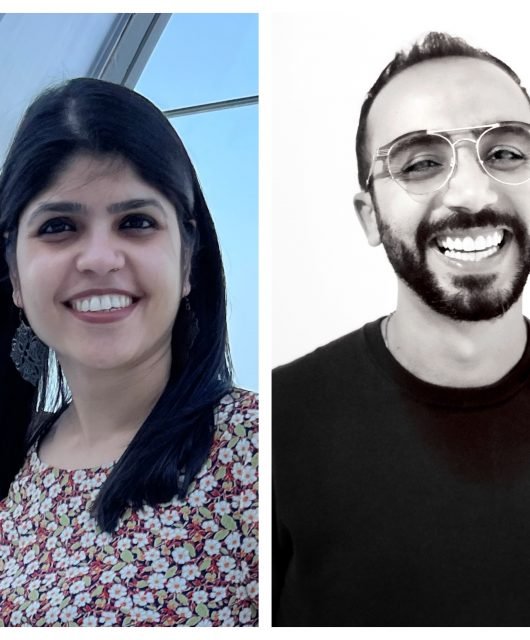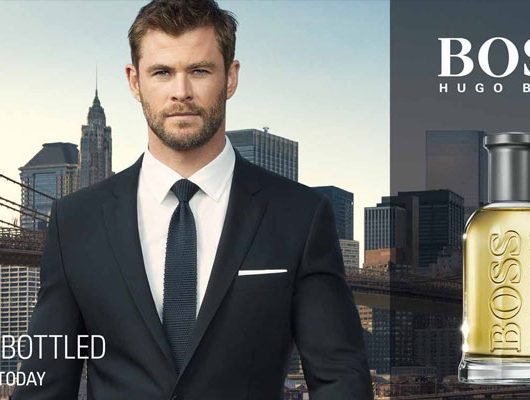By: Brian Collins, CCO and Co-founder of COLLINS
Co-authored with: J.A. Ginsburg
Illustrations by: Sanuk Kim, Senior Designer at COLLINS
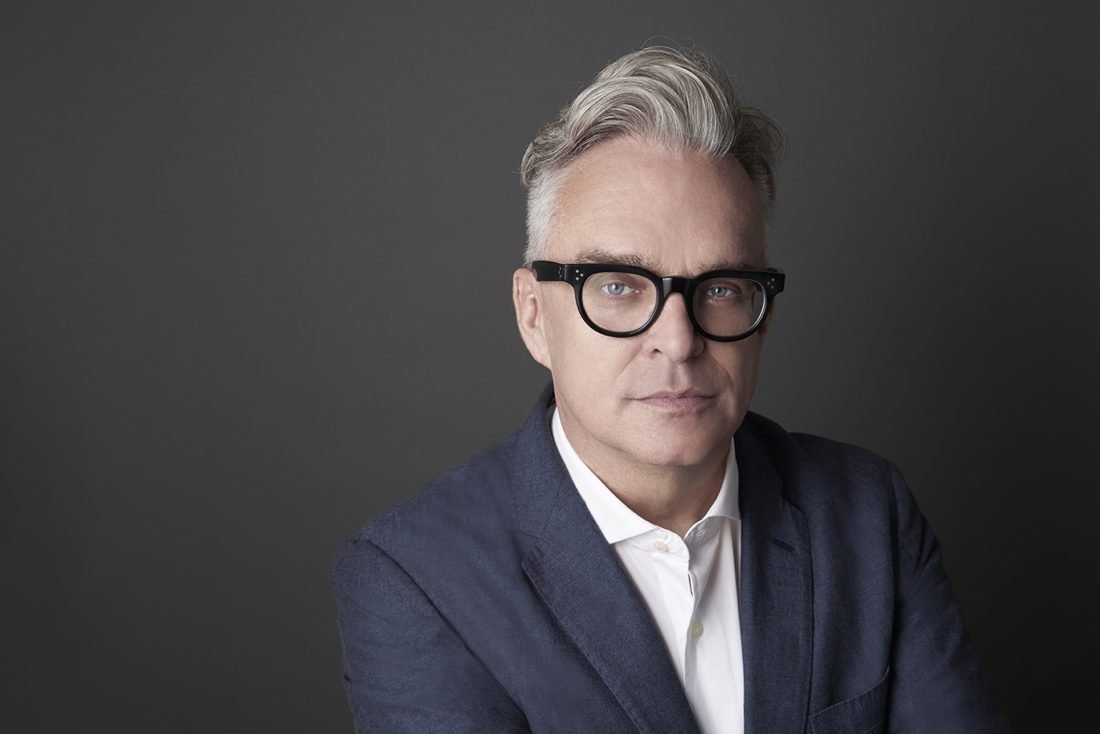
So.
Where do we go from here?
James Baldwin knew.
“Now, this country is going to be transformed. It will not be transformed by an act of God, but by all of us, by you and me. I don’t believe any longer that we can afford to say that it is entirely out of our hands. We made the world we’re living in and we have to make it over.”
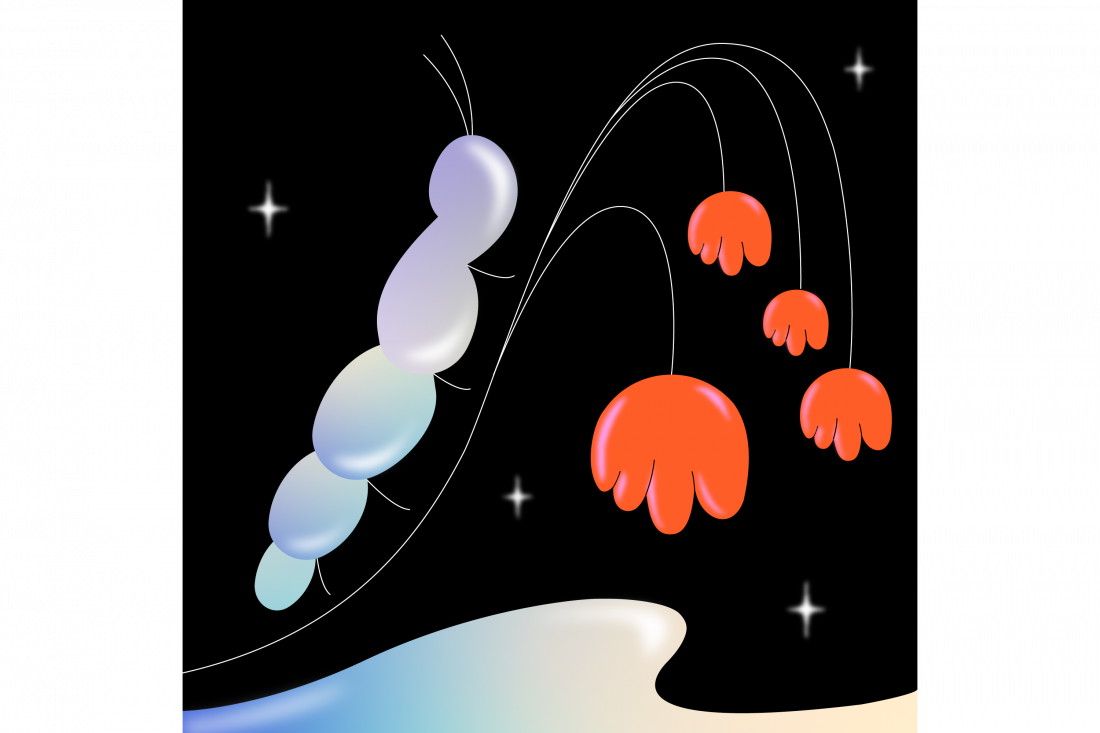
A METAPHOR
It seems frivolous to think about the life cycle of a butterfly in the midst of everything that has happened, and is happening, in 2021, but in nature, radical transformation—metamorphosis—
So there is at least symbolic relevance.
When a caterpillar is as big and fat and as stuffed as it can possibly be, it attaches itself to a branch, hangs upside down, forms a chrysalis and promptly dissolves into caterpillar goo.
That’s when something remarkable happens: Special groups of cells called “imaginal discs”—that have been inside the caterpillar all along—suddenly kick into gear, providing instructions on how to build a butterfly. Only when the time is right do they activate to guide the transformation.
A caterpillar and a butterfly: two life forms crafted from the very same raw material. If you didn’t know the two were one—more identical than identical twins—you would never guess. And what is business-as-usual for butterflies is also true for most insects and even a few amphibians. Not all devolve into goo, but they all transform. Since insects account for as much as 90% of all animal lifeforms on Earth (including 180,000 kinds of butterflies and moths), it seems we are the odd ones out.
Humans don’t have imaginal discs. But we have imaginations—soaring, amazing, fantastic imaginations. The ability to envision countless possibilities is humanity’s defining feature—and our species’ saving grace. Imaginal discs map out very specific, preprogrammed destinies. Our imaginations allow us to explore uncharted territory, to transcend the boundaries of here and now, to prototype and try out different futures. To paraphrase James Baldwin, we can take the raw materials at hand—the world as it is—and use them to create something very different. Something better.
AN IMAGINAL MOMENT
We are at an imaginal moment: a time when profound transformation is inevitable.
By shutting down the world as we knew it, the coronavirus threw us into a kind of collective chrysalis, bringing an end to our old lives: That was then. This is now. Freed from the distraction, the busy-ness, and the perpetual motion that defined our days, we have been forced to find new ways to do everything, whether it’s shopping for a loaf of bread, meeting clients for work, or sending children to school.
In 2020, cracks deepened into fault lines:
Public health became political (the “liberty” of not wearing face masks) and a pandemic explodes.
A Black man, hand-cuffed, face down on a street in Minneapolis, is murdered by police. Black Lives Matter. A movement explodes.
Wildfires morph into megafires in California and Colorado. A derecho flattens crops in Iowa. Hurricane after hurricane pummels the Gulf Coast. The climate explodes.
These crises—and so many more—are in fact tied together, which is not entirely bad news. It means that their solutions can be tied together, too. And it shows us where we need to begin.

DESIGN, INNOVATION, AND BUSINESS
How did we get to this moment when so much hangs in the balance?
How did we lose sight of the future?
How could we be so willfully blind to the injustices of past and present?
How could so much have gone so profoundly wrong and so quickly?
And how can we even think of talking about design, or branding, or customer experiences or even design education when people are in the streets fighting for basic human rights? When people are dying by the hundreds of thousands from a virus no one knew existed a year ago? When all we can seem to do is watch helplessly as the predictable and predicted catastrophes of climate change shred lives and livelihoods?
The answer is all around us: How we teach, make, sell, distribute, value and buy goods and services has everything to do with what has gone wrong.
“Human-centered! Consumer-focused! User-centric!”
For the last 30 years, “consumer experience” has defined design. Entrepreneurs have been trained to look for customer “pain points,” then slap together bare-bones “minimum viable products” (MVPs) around which businesses and sometimes even entire sectors have been built. This tight focus has led to an explosion of remarkable, new, tech-enabled businesses: media streaming, ride-sharing, crowdfunding. Every sector has been transformed: retail, banking, insurance, education, construction, logistics, manufacturing, transportation, agriculture.
But we are not alone on the Ark, nor would we want to be. Ours is one lifeform among multitudes on our shared Earth, and if our “success” comes at their cost, then any gains are guaranteed to be fleeting. To define the world in “ human-centered” terms is both “specist” and specious, making it impossible to see risk, but also possibilities.
Why design only for X when you can design for X, Y, and Z?
Placing human experience—typically an affluent consumer’s experience—at the center of the design process has hidden costs. We often become so enamored of a product or service that we are blind to its consequences. A plastic bottle offers plenty of consumer convenience, but if the design process stops there—if we only design for X—it also guarantees that our oceans will soon have more plastic than fish. And since plastic is mostly made from fossil fuel feedstocks, it guarantees a warmer planet, too.
Likewise, social media networks have connected us in countless useful and delightful ways, but have also been manipulated to deepen our divisions.
A human-centered design focus unwittingly puts us at odds with everything else: people apart from nature rather than a part of nature. It promotes a kind of hyper-selfishness and a throwaway culture where true costs are routinely, artfully, elegantly, conveniently hidden.
It has put us at odds with each other, too. What is the true cost of a cheap chicken if the workers in a poultry processing facility must risk exposure to a killer virus in order to keep their jobs? What is the true cost if these workers aren’t paid a living wage? Or if they have to live in fear that they, or someone in their family, could be deported at any moment?
COVID-19 exposed all sorts of fault lines. Any illusion that we were “all in this together”—meaning everyone was affected equally—was shattered by body counts proving otherwise. By the end of 2020, the American death tally from COVID-19 is expected to top 400,000, which is about the same number of casualties as WWII. A legacy of systemic racism put people of color at increased risk from the disease, while economic consequences of the pandemic—the so-called ‘K’-shaped recovery—has only deepened the divide between rich and poor.
But it was the video of George Floyd dying face-down on a street in Minneapolis with a policeman’s knee on his neck that ripped everything open. There was no not-witnessing this atrocity. If the killings of countless other Black men and women weren’t evidence enough, nor were the pandemic’s disproportionate toll on communities of color, here were eight minutes and 46 seconds of soul-wrenching proof that brutal inequality had become embedded in the very fabric of everyday American life.
We should be better than this. We must be better than this.
So where do we go from here?
The days of daring, disruptive, human-centric swagger are over.
“Think different” was a starting point. Now we must “Do different.”
We hold these truths to be self-evident. Design—and designers—can change the paradigm to one that embraces the greater whole and the greater good.
The metrics are simple. If a product or service:
Improves the quality of the air, the water and the land, do it.
If it doesn’t, don’t.
Fosters human rights and dismantles racism, do it.
If it doesn’t, don’t.
Supports health—personal, public, animal, plant, planet—do it.
If it doesn’t, don’t.
Promotes science, education and the arts, do it.
If it doesn’t, don’t.
Strengthens First Amendment rights (freedom of speech
and the press; the right to peaceful assembly; the right to petition
the government for redress), do it.
If it doesn’t, don’t.
Generates prosperity for the many instead of the few, do it.
If it doesn’t, don’t.
Invests in both the short-term and long-term future, do it.
If it doesn’t, don’t.
It isn’t enough to design out the bad. We must design in the good.
Build bridges. Not walls.

REGENERATIVE DESIGN
“You never change things by fighting the existing reality. To change something, build a new model that makes the existing model obsolete.”
— Buckminster Fuller
Everything is on the line, so the path forward requires a fundamentally different, much more ambitious and aggressive approach. The meta brief: to create enduring abundance that benefits everyone.
We start by embracing the truth that we are part of nature and not apart from nature; and that the greater good is the metric that matters most.
This provides invaluable design constraints, which Oxford University economist Kate Raworth visualizes as a “doughnut.” Stay within the doughnut and all is good. Go beyond the outer ring and there are ecological consequences, including climate change and the loss of biodiversity. The inside ring is defined by human needs such as food, water, energy and education.
Regenerative Design is a term that has gained traction over the last few years in architecture and agriculture, but the ideas transcend discipline and sector. In architecture, it means building in a way that helps restore the eco-functionality of a landscape. In agriculture, the focus is on restoring the microbiome—the micro-biodiversity—of the soil. When soil is alive and healthy, it stores more carbon and absorbs more water, both of which are good for the climate. It is richer in micronutrients, too, so healthier soil means healthier food.
Regenerative Design is about igniting virtuous cycles of goodness. Yes, goodness. It is expansive, comprehensive, generous, and dynamic. It is driven by a deep understanding of systems, networks, patterns, processes and potential.
To be regenerative is to embrace diversity and understand not only that the whole is always greater than the sum of its parts, but also that each part can have many functions. It is about solving not merely for X, but for X, Y, Z and more. It is about building systems that become more robust and resilient over time.
Regenerative Design principles can be used to:
Shape policies and programs that “bake in” social justice.
Guide the transition from a take-make-waste consumer economy to a more circular economy, one where waste and supply chains dovetail, and environmental health has economic value.
Create a voter expansion campaign.
Develop digital platforms that embed the ideals of inclusion, honesty and collaboration.
Redesign energy systems to be clean and efficient.
Reconfigure supply chains for resilience.
What does a regenerative city look like? Or a regenerative healthcare system? Or a regenerative educational system? Or a regenerative company?
We can make a difference. And we do not have to start from scratch. This is not our first imaginal moment.
LESSONS PAST
“The centre cannot hold. . . . The best lack all conviction, while the worst are full of passionate intensity.”
— The Second Coming, W. B. Yeats, 1919.
Yeats wrote his poem in the aftermath of a world war and a global pandemic that infected a third of the population and killed an estimated 50 million people.
It took a massive economic depression and a second world war, but the best eventually re-found their conviction and the worst were vanquished. Programs such as the Civilian Conservation Corps, the Works Progress Administration, the G.I. Bill and Social Security helped build back the center. (These programs were riddled with racial and gender bias; we can find inspiration from the past, but must always remember that it is a starting point that almost always can be made better.)
Likewise, government-funded research that was critical to the war effort provided the technological foundation for a long-lasting, far-reaching “peace dividend.”
It led to NASA, which pointed us toward the stars and, just as significantly, back to Earth. Thirty years ago, a photograph was taken from the vantage point of Voyager I, a small satellite poised at the edge of the solar system. For the first time we saw our “pale blue dot” of a planet in cosmic context.
“Look again at that dot. That’s here. That’s home. That’s us. On it everyone you love, everyone you know, everyone you ever heard of, every human being who ever was, lived out their lives…on a mote of dust suspended in a sunbeam.” — Carl Sagan
The Civil Rights, Women’s Rights and LGBTQ movements of the last half-century fought to expand the center, while a science-driven environmental movement led to a series of legislative acts to protect air, water, and endangered species.
All of it had roots in an imaginal moment that led to the founding of the United States 244 years ago—just a dozen generations. For the colonists, essential workers badly treated by the British Empire, the center had been lost. But they didn’t simply rebel. They dared to design an entirely new paradigm: “We the People.”
For the first time in history, the citizens of a nation (well, at first, those born White, male, and free) had a Bill of Rights, with Freedom of Speech—the freedom to criticize and question government authority—right at the top.
The establishment of the Library of Congress, the largest library in the world, was part of this same imaginal moment, founded on the premise that legislation should not be based on mysticism or the divine right of kings, but on knowledge.
Curiosity, the elusive quicksilver of innovation, was valued. Ask questions. And learn from the mistakes of others.
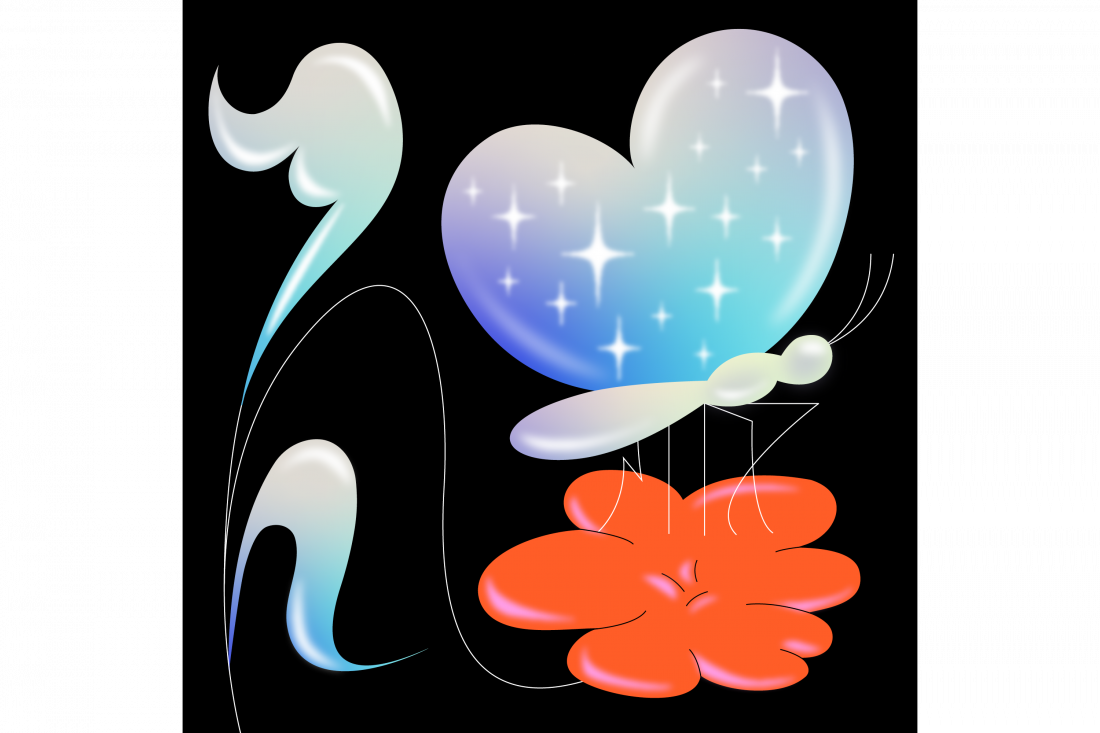
WHERE WE GO FROM HERE
“Hope is not a lottery ticket you can sit on the sofa and clutch, feeling lucky. It is an axe you break down doors with in an emergency. Hope should shove you out the door, because it will take everything you have to steer the future away from endless war, from the annihilation of the earth’s treasures and the grinding down of the poor and marginal… To hope is to give yourself to the future—and that commitment to the future is what makes the present inhabitable.” — Rebeca Solnit
The craziness will only get crazier. The pandemic will ebb, flow, and rage on. And our precious, pale blue dot of a planet will continue to burn and flood and bake.
The caterpillar—the world we have known—is quickly coming apart, dissolving, poised for an all-encompassing, transformational change.
It is already happening.
The Black Lives Matter protests turned tragedy and division into a new unity. The COVID quarantine has sparked all sorts of new ways to work, learn, create and collaborate. The environmental crisis has been a constant reminder of how little time is left to make a difference.
We can look for inspiration to the imaginal moments of the past when the future looked just as bleak, beleaguered and uncertain. We can draw on our extraordinary imaginations to envision a better world. We can use regenerative design principles to create abundance for all.
But there are no guarantees.
Systemic racism isn’t a design flaw, but a feature that must be stamped out. Campaigns to undermine science and discredit journalists must be countered. Attacks on environmental protections must be fought.
Everywhere you look tipping points are colliding and time is running short.
Yes, the work ahead is daunting. We will make mistakes. And we will stumble.
But as designers, we can provide the hope and the blueprints to transform the mess, the catastrophes, the losses—the “goo” of our moment—into something new.
Something better.
We can be—hell, we already are—The Imaginals.
It is time for us to kick into gear.
To “Do Different.”
To make a difference.
To make the future.
Now.

